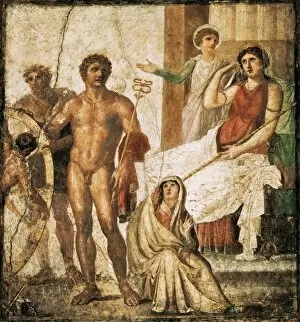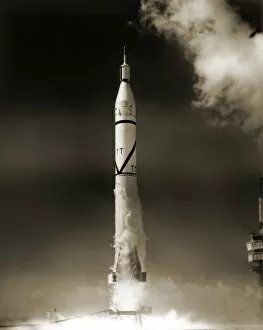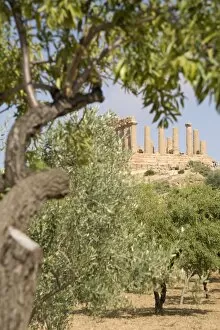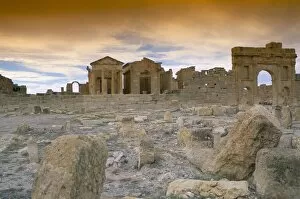Juno Collection (#13)
"Juno: A Goddess of Power, Beauty, and Mythical Tales" Juno, the mighty goddess of Roman mythology, holds a significant place in history and art
For sale as Licensed Images
Choose your image, Select your licence and Download the media
"Juno: A Goddess of Power, Beauty, and Mythical Tales" Juno, the mighty goddess of Roman mythology, holds a significant place in history and art. From the heroic D-Day landings on Juno Beach by British and Canadian troops during World War II to captivating artworks depicting her grace and allure, Juno's influence spans across various realms. In ancient times, Juno was often associated with peacocks due to their majestic beauty. Just like these magnificent birds proudly displaying their vibrant feathers, she embodied elegance and regality. Artists throughout centuries have captured this essence in masterpieces such as "Juno and the Peacock, " showcasing her divine presence. But beyond her aesthetic appeal lies a deeper significance. In astronomy, epicycles named after Mercury and Venus highlight celestial movements reminiscent of Juno's power over heavenly bodies. This connection further emphasizes her role as a deity governing cosmic forces alongside Zeus (or Jupiter), king of gods. The arts also depict Juno's involvement in human affairs. The Hogarth Actresses Barn portrays actresses preparing themselves for a contest of beauty before performing for audiences - an allegory reflecting Hera, Aphrodite, and Athena preparing for the Judgment of Paris where they vied for the title of most beautiful goddess. One notable representation is found in the cast copy of the Juno Ludovisi sculpture—an embodiment of strength mixed with maternal tenderness that showcases her multifaceted nature. Another artwork titled "Juno" captures her essence through charcoal with pastel on buff paper—a testament to artists' fascination with capturing her ethereal qualities. Literature too has immortalized Juno's tales; Virgil's epic poem "The Aeneid" features Juvenal miniature illustrations from the 15th century that bring forth vivid imagery surrounding this mythical figure. Finally, we encounter Aesop's fable about Juno and Peacock—symbolizing vanity versus true beauty.















